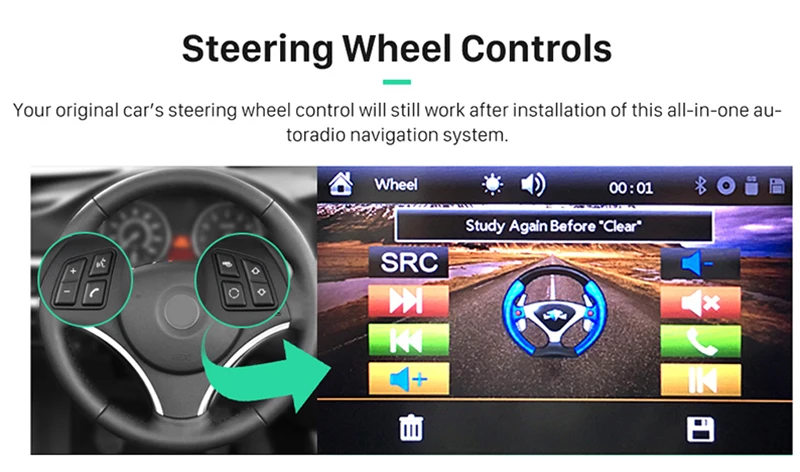
When you tongue, and if the notes 'squeak' rather than 'speak', try the weaker tonguing stroke 'too' instead of 'ti', 'tu' or 'te', dropping the jaw to increase the size of the oral cavity but keeping the lips sealed around the tip of the recorder beak. Now you can be certain that the tone holes are sealed and you can concentrate on experimenting to find the correct strength of tonguing stroke. Place pieces of masking tape over the holes you would normally cover with the right hand - use your left hand to cover the left hand holes as usual. If you find playing low notes difficult there is a simple aid to distinguishing incorrect tonguing from incompletely covered tone holes.

Increase the force of your tonguing although this does not mean that you need toīlow harder which will only tend to sharpen the pitch or weaken the sound. Low notes, particularly where a percussive effect is required. Occasionally, you may want to generate more 'chiff' into your Generally, you willįind a pure, round tone musically a lot more pleasing than one with lots of Register and as a result the bottom notes are 'delicate'. Greater on larger recorders where the voicing is often set to favour the upper Trying to produce the D one octave higher than the D you want. This 'cry of protest' is the recorder 'overblowing', Speaks quickest if you use a soft tonguing stroke. Bear in mind both for the D and later for the bottom C that, in common with all lower notes on the recorder, the instrument You found using the manoeuvre recommended in First Supporting right hand thumb should lie in the position Take care that, as you add the third right hand finger you do not disturb the position of the left hand.

If you finger the low E and then drop the third finger of the right hand on to the two small holes below you will, if you have covered both holes fully without moving the two right hand fingers already lying on the other two holes above, and using gentle tonguing, produce a clean clear low D. The next note D also uses both hands together. Low E was the first note we studied where we had to use both hands together. Using the standard nomenclature, the fingering for first octave D is written 0 1 2 3 4 5 6a 6b. Below that we give the standard fingering for this note, theįingering you would use under normal circumstances. Click on the play button in the Sibelius score The fifth note we learn, D on the descant (soprano) recorder, lies below theīottom line of the treble clef. Home :: resources :: music theory & history :: recorder lessons :: music dictionary :: physics of musical instruments :: e-monographsĬontents :: help page :: first things first :: fingering charts :: glossary of recorder terms :: Quick C :: Quick F :: comments or queries?ī :: A :: G :: E :: D :: C :: F :: F#/G b :: B b/A# :: C#/D b :: G#/A b :: D#/E b :: Second Octave :: Third Octave Dolmetsch Online - Recorder Method Online Descant D natural


 0 kommentar(er)
0 kommentar(er)
